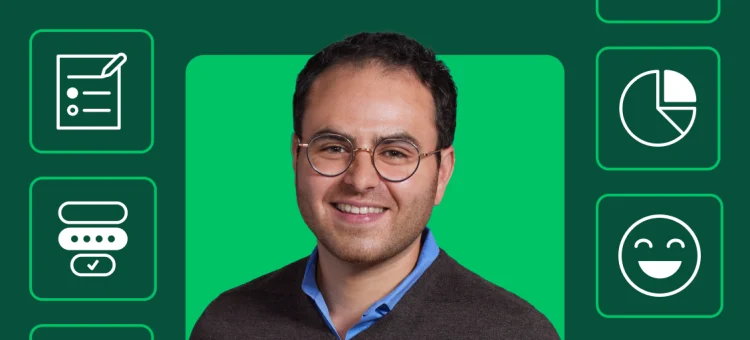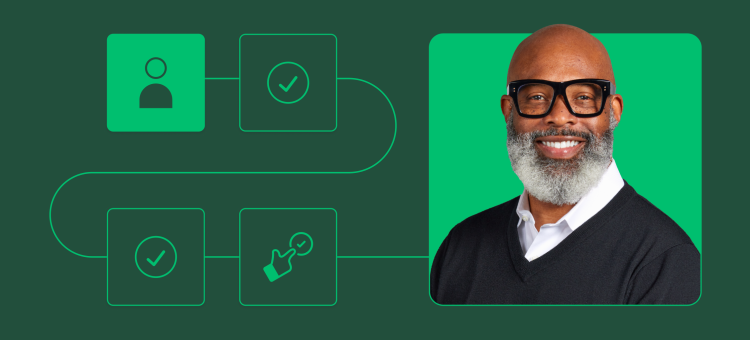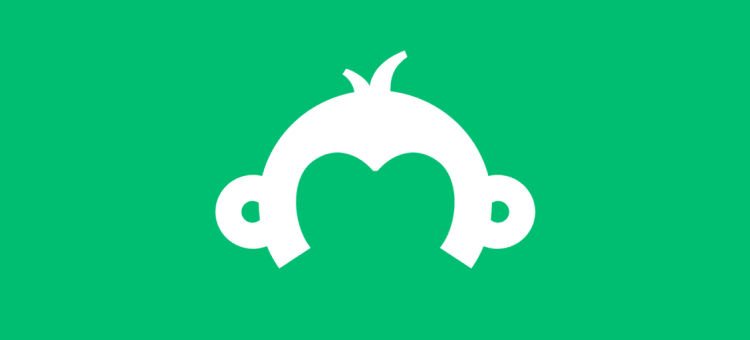Key findings:
- Younger patients are less reliant on their primary care provider for medical advice or information.
- Cost of health care coverage is both the most common highlight and pain point for patients.
- Wearables and remote monitoring devices are a growing means of health management, as patients report increased health awareness and a decline in provider visits.
- Cost and data accuracy among users’ most common concerns surrounding wearables and remote monitoring.
- Telehealth options prove their viability during Covid-19, with 1 in 4 patients receiving treatment via video within the last 12 months.
Most patients continue to go to their primary care provider for medical advice, but younger patients are more reliant on digital sources for information
Nearly 3 in 4 (72%) patients say they go to their primary care provider when seeking medical advice or information, and more than half (56%) rely on their PCP as their first source of advice.
- About 4 in 10 visit a specialist (40%) or a health information website (38%), and a substantial number (18%) go to these websites as their first resort
- A third seek out medical advice from a nurse (33%), pharmacist (32%), or family members (31%), followed by friends (23%) and health and wellness apps (20%)
- 1 in 10 visit social media (11%) or seek out support groups (11%)
Younger patients, however, are relying less on a PCP for medical advice - only 50% of Gen Z and Millennials with an underlying condition go to their PCP for medical advice, compared with 74% of Gen X and 84% of Boomers. Among Gen Z and Millennial patients:
- 23% use a health or wellness app
- 25% depend on a support group
- 19% go to social media
Quality of care and cost of coverage leading health care plan positives, while cost of coverage also primary pain point among patients
The vast majority (94%) of patients are satisfied with their level of healthcare coverage. Gen Z and Millennials are less satisfied (88%) compared with Gen X (91%) and Boomers (97%).
- Cost of coverage is the main highlight for Gen Z and Millennials; 43% cite cost as what they like most about their coverage, ahead of quality of care. Gen X and Boomers rank quality of care ahead of cost.
- Frustration around the billing process is among the leading pain points for Gen Z/Millennials, on par with affordability (24% and 27% respectively).
Gen Z and Millennial patients are more than twice as likely than older generations to use wearables or remote monitoring devices to keep track of their health.
46% of Gen Z and Millennial patients use a wearable or monitoring device, compared with only 22% of Gen X and 17% of Boomers.
Personal health and wellness and health insurance incentives spur adoption of wearables
Among those who use a wearable or remote monitoring device, monitoring and managing overall health and wellness lead among reasons for adoption
- 40% cite monitoring or managing overall health and wellness as a reason for using a wearable or remote monitoring device
- 30% due to a health insurance subsidy for the device
- 29% due to a recommendation or order from healthcare professionals
- 26% to optimize exercise performance
- 21% due to recommendations from friends or family, or health insurance plan incentive
Patients overwhelmingly satisfied with their wearable devices, but some raise concerns surrounding price and data accuracy
93% of those who use a wearable or remote monitoring device say their device is effective in helping them manage their health. One in five (20%) report visiting their healthcare provider less often as a result of their device, and two in three (67%) say their device has made them more mindful about the state of their health.
Among those who do not currently use a wearable device to monitor their health, more than half (54%) say they would do so if their insurance provider offered them a discount or subsidy.
Telehealth increases in popularity throughout Covid-19
One in four patients say they received treatment from their healthcare provider via video-chat within the last 12 months, trailing in-person visits (69%) and treatment over the phone (30%).
- Younger patients are less prone to seeking in-person treatment: only 56% of Gen Z and Millennials made a physical visit to their healthcare provider in the last 12 months, compared with 72% of Gen X and 86% of Boomers.
- They are also more likely than older generations to seek treatment via email and mobile app.
Note on targeting used for sample:
- n=400 Diabetes I/II
- n=400 Hypertension
- n=400 Natural fallout
Read more about our polling methodology here.



